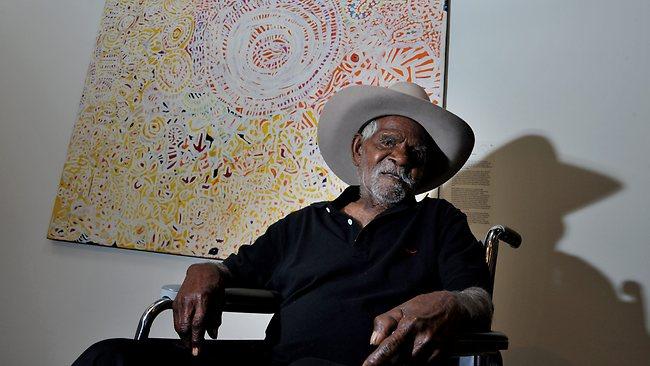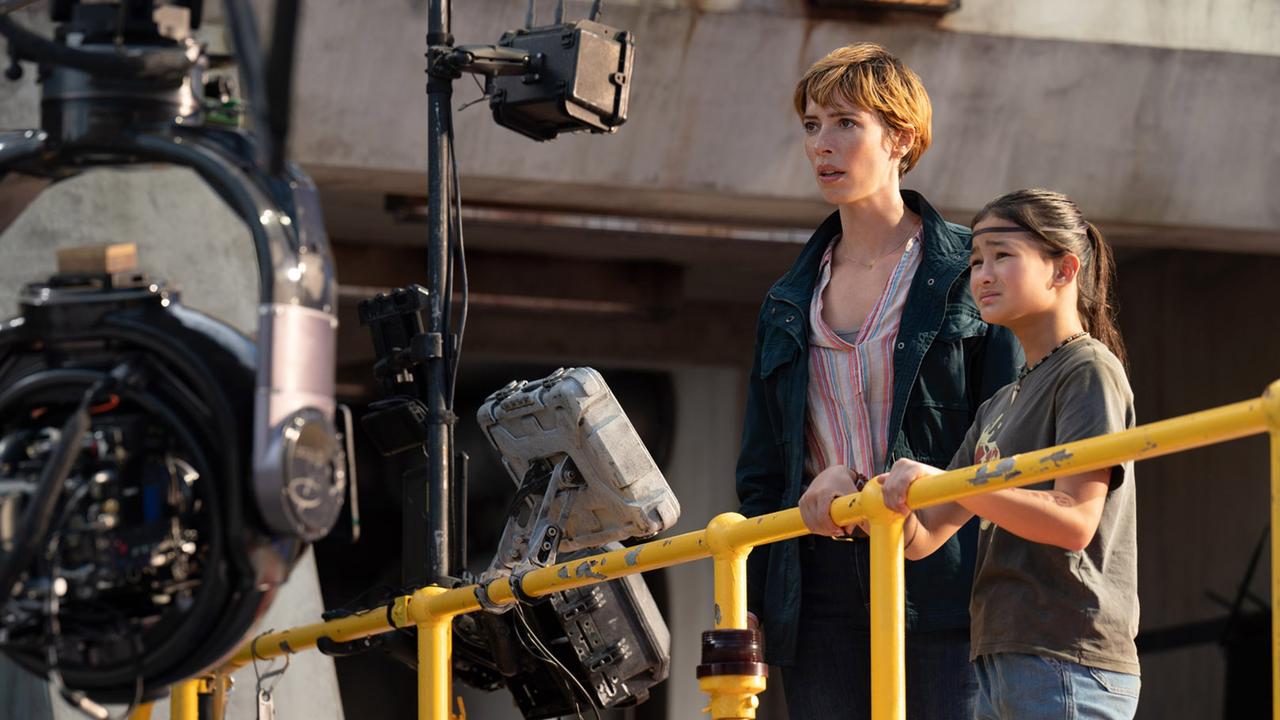Novice Dickie Minyintiri at 96 puts his mark on indigenous art
IT was only about five years ago that Dickie Minyintiri, already into his ninth decade, first picked up a brush.

IT was only about five years ago that Dickie Minyintiri, already into his ninth decade, first picked up a brush.
A senior figure at Ernabella, a small bush community in the northeastern reaches of South Australia, Minyintiri has a connection to the land stretching back before the arrival of white men and the early mission days.
Those memories, combined with a deep knowledge of that remote border country, gave his art an authority that stood out in the increasingly splintered world of indigenous art.
Now aged about 96, the Pitjantjatjara man was yesterday named the winner of the Telstra National Aboriginal and Torres Strait Islander Art Award for his work Kanyalakutjina (Euro Tracks).
The $40,000 prize is the nation's most prestigious award for Aboriginal art, and this year falls one day before its West Australian equivalent, which awards $50,000 to the top artist.
At yesterday's preview in Darwin, Minyintiri, silent beneath his wide-brimmed hat, left the speaking duties to the co-ordinators of Ernabella Arts Centre, where he paints.
Alison Milyika Carroll, director of Anangu-ku Arts and Minyintiri's niece, said the art centre had a long history: it began in 1948 and would continue to thrive with the next generation.
"We make strong, beautiful work and it will always be there," she said. "Our stories are from a long time ago and they will live in the future with our children. When they grow up they will be working here. They will be the owners of our art centre and they will keep our culture strong."
Minyintiri's work was selected from more than 300 entries, reduced to 61 finalists. The judges said his painting, a multi-layered canvas that follows the contours of the land around Ernabella, "radiates energy and spirituality".
"The decision is an aesthetic choice but we also were looking for cultural knowledge and how that was communicated," said Judith Ryan, a curator of indigenous art at the National Gallery of Victoria.
The $4000 category prizes winners included Torres Strait Islander Dennis Nona, whose work Zuga Zug won the work-on-paper award. Nona won the same category last year, and the main Telstra prize in 2007.


